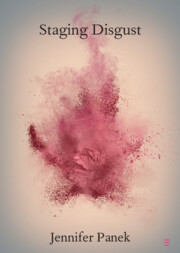Element contents
Staging Disgust
Published online by Cambridge University Press: 05 February 2024
Summary
Keywords
- Type
- Element
- Information
- Online ISBN: 9781009379816Publisher: Cambridge University PressPrint publication: 29 February 2024
Bibliography
- 6
- Cited by

